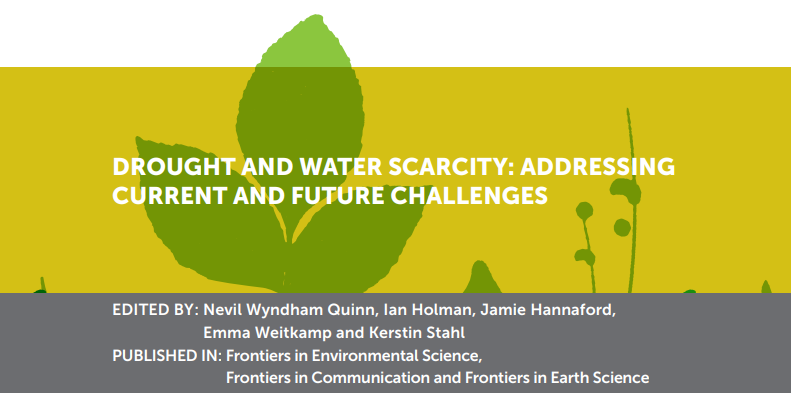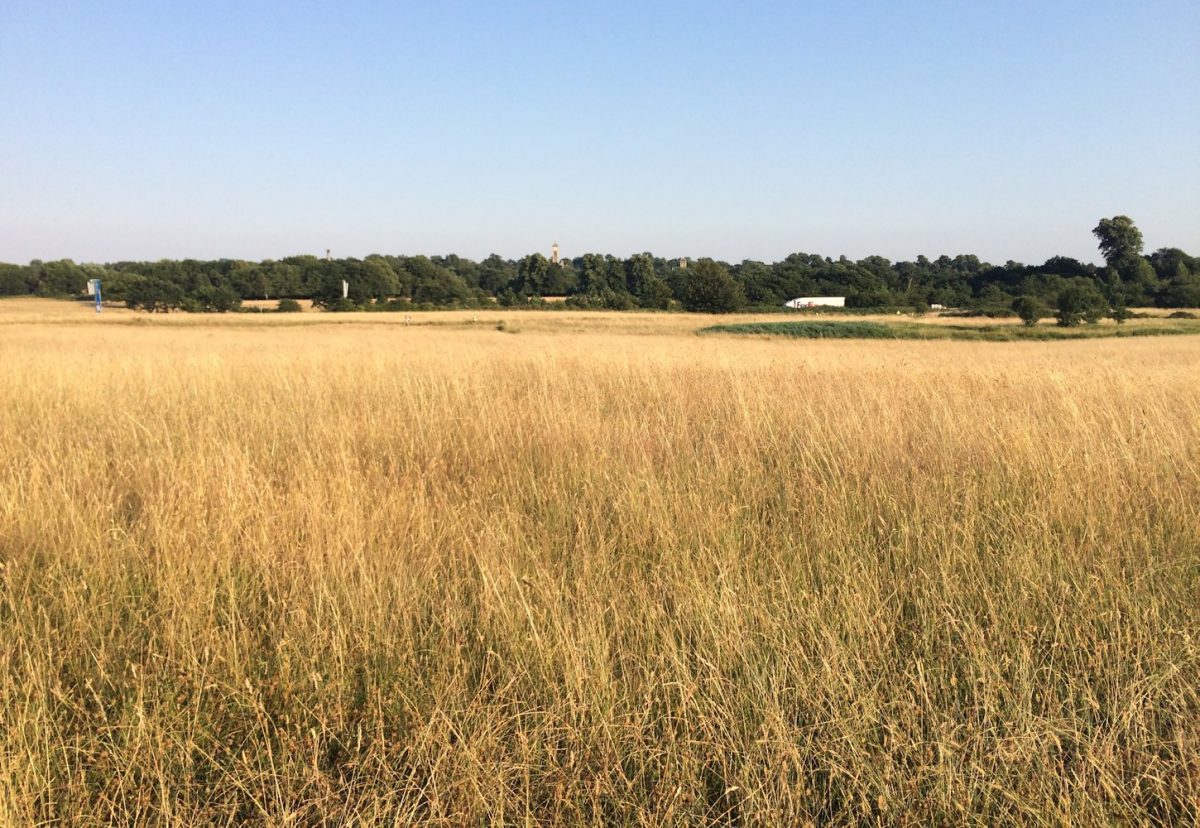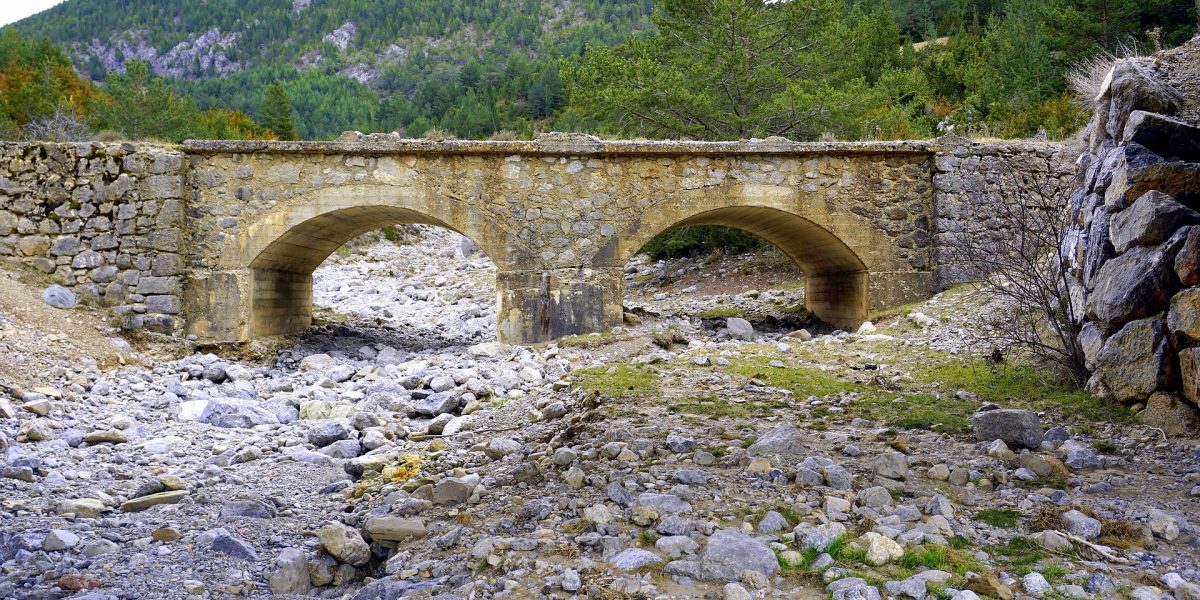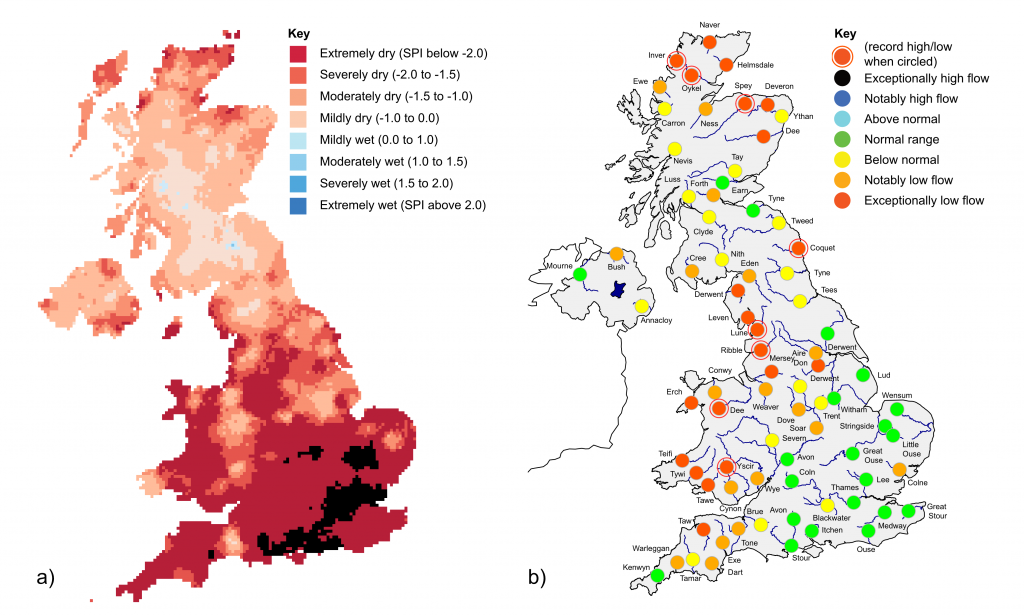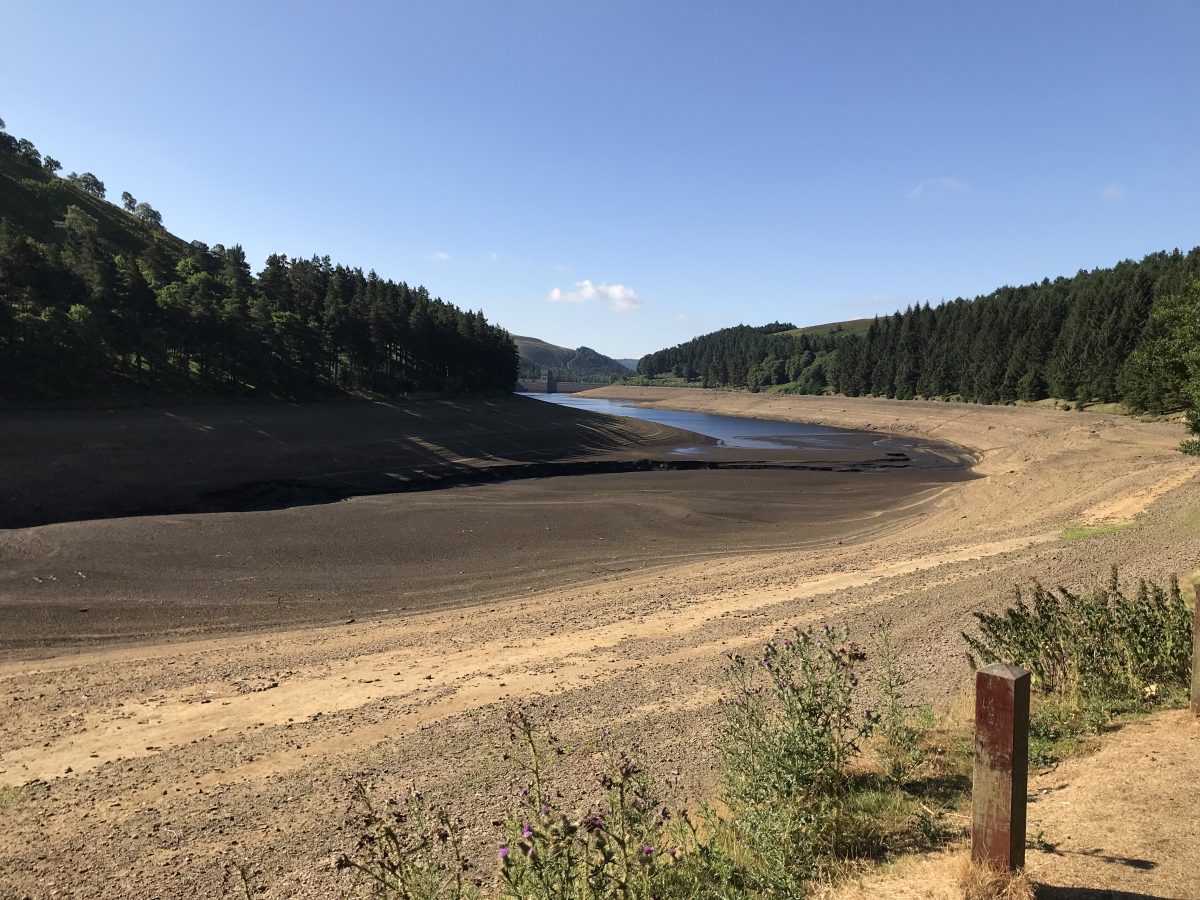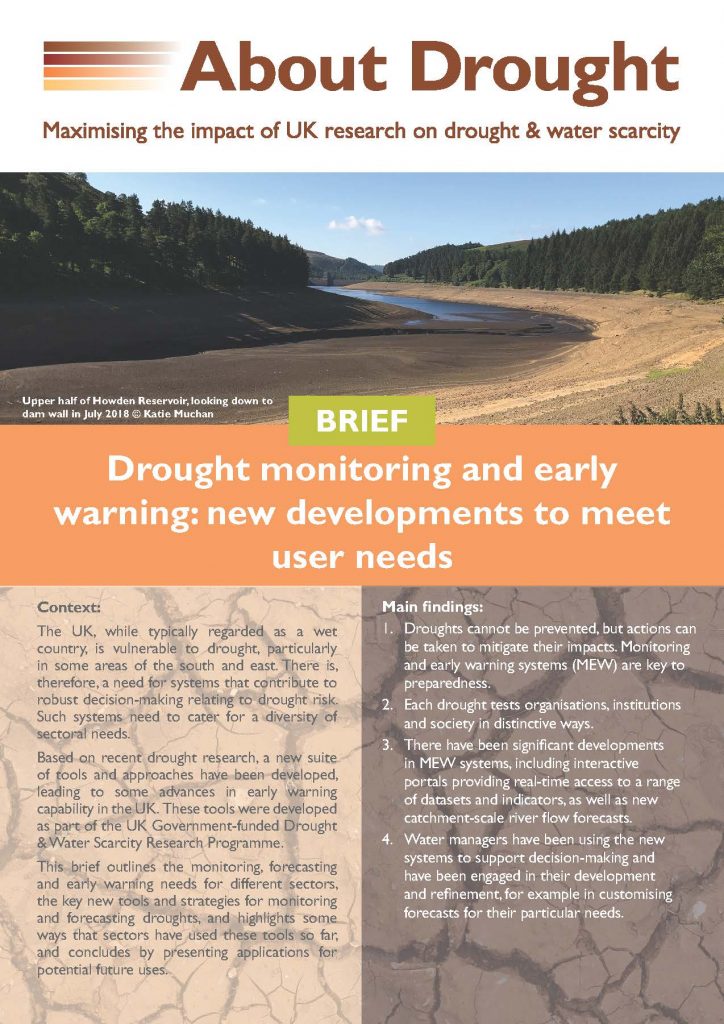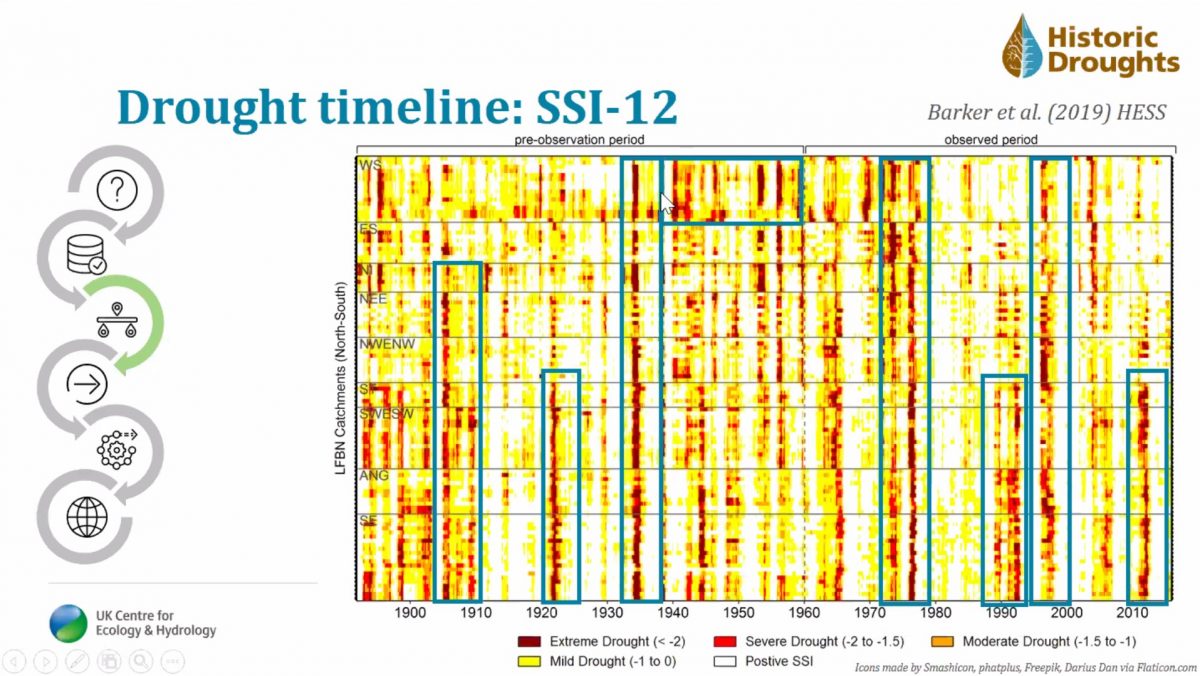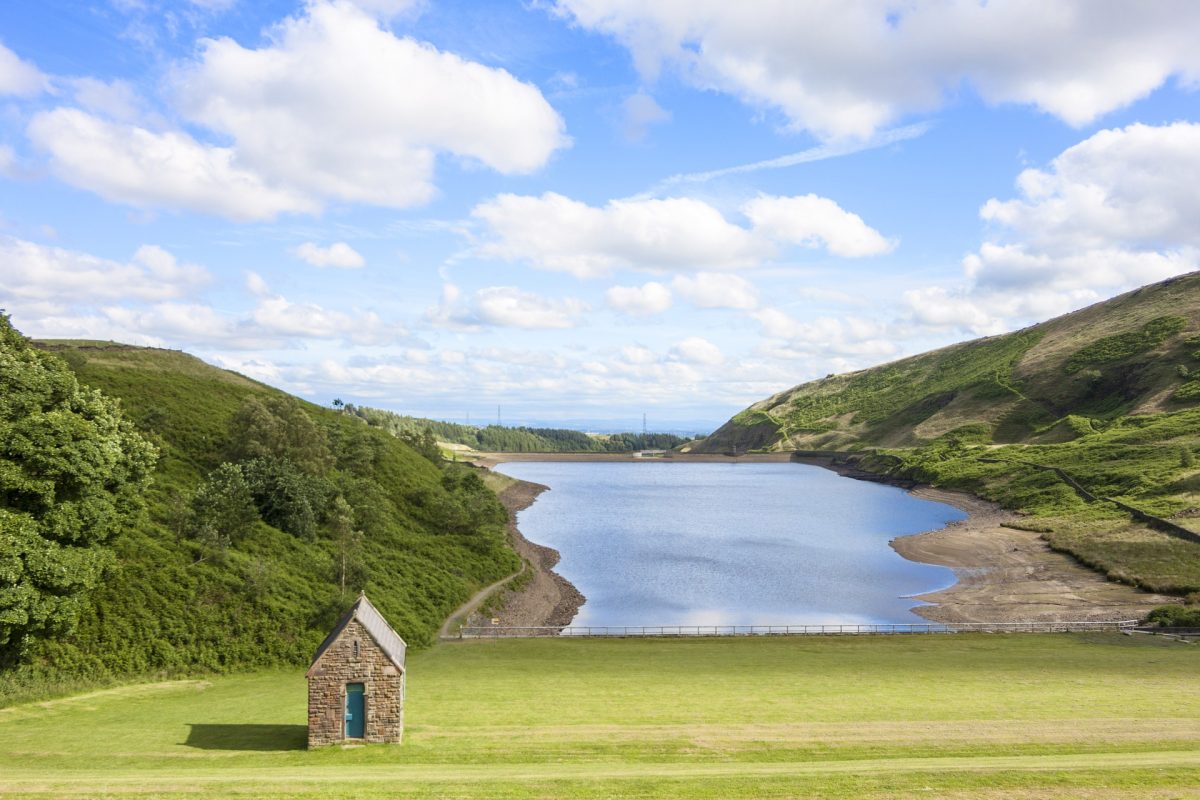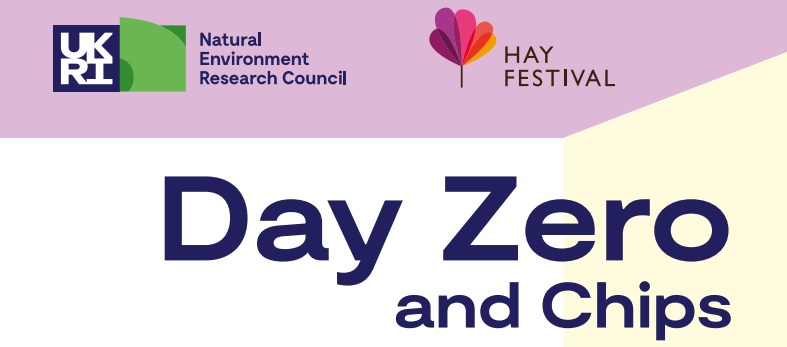Experts from the About Drought project have given updates on the recent changeable weather we’ve been seeing in the UK and further afield.
The team at the UK Centre for Ecology & Hydrology (UKCEH) released a blog post which focused on the hydrological transformation following the wettest February on record, which soon turned into one of the driest springs on record. Low soil moisture and river flows at the end of May have resulted in impacts on agriculture and the environment, and heightened concerns over water resources over the longer term.
“There is now an increasing risk of reduced crop yields and potential water use restrictions.”
Katie Muchan, Hydrologist at UK Centre for Ecology & Hydrology
Find out more by visiting the UKCEH blog post which also highlights the UK Water Resources Portal, one of the outputs from About Drought.
Adding to the debate, Professor Len Shaffrey at the University of Reading contributed to a blog post exploring the reasons as to why we are seeing such changeable weather.
The article explores whether the persistent high-pressure “blocking” weather systems which bring clear, dry conditions for many days or weeks, are becoming more frequent. These systems are particularly synonymous with heatwaves and drought in summer and bitterly cold conditions in winter.
Len explains that changes in the Arctic, “might influence the frequency of blocking events”:
“The theories suggest that as the Arctic warms, changes in the strength and position of the northern hemisphere jet stream will allow blocking events to become more frequent.”
Professor Len Shaffrey, professor of climate science at University of Reading
Find out more by visiting the Carbon Brief blog post.


